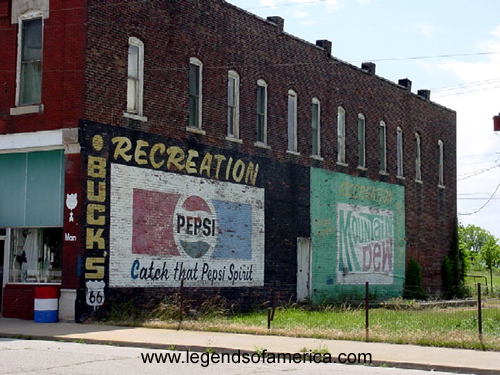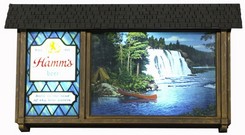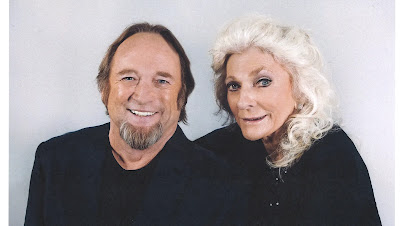The sign said
To get inside (GRUNT!)
Our destination: Nina's "Green Parrot" bar, in Galena, Kansas. The time: a hot Friday evening in July 1971.
 |
| Galena (with sphalerite) |
Within a few months of the discovery of lead ore, Galena was home to 10,000 souls, and its population eventually peaked at 30,000. The 2000 census reported that Galena had only 3287 residents, and I have to think that every single one of them would move away if they had their druthers.
Did the author pull this from a paper he did for a college English class ("English 323: Popular Song Lyrics from the Psychedelic Era")? I've never read such constipated prose. "Able to fool or dissuade his would-be antagonist"? "Telling the homeowner that God would frown upon his behavior"? You gotta be kidding me.
Did I ever tell you the story about having to unload an Clorox car that had been humped – that's a technical railroad term – a little too brusquely, which resulted in a few dozen cases of gallon jugs of bleach being crushed, leaving undiluted chlorine bleach an inch or two deep in the bottom of the car? Where was OSHA when I needed them? My lungs have never been the same.
 |
| A vintage Clorox ad |
 |
We spent so much time at Nina's that we ended up hanging out with the bartenders after hours – a couple of cousins named Ron and Marilyn, who gave us extra beer-company lights and window signs that Nina didn't need.
I fondly remember one very chic Hamm's lamp, which was by far the most notable piece of decor in my college apartment:
We didn't dance to the jukebox – I don't think that was allowed. (Nina, the mean, squinty, uncommunicative old woman who owned the joint, had a lot of rules, and you either followed them or got kicked out.) There was a coin-operated pool table, but I rarely played it – I wasn't good enough, and it was always in use. I don't think we played cards while we at Nina's – spades and hearts were obsessions of ours in those years – although we might have. And there were no TVs to watch.
Sometimes one of the smart, quiet girls from your English class would show up and it would suddenly dawn on you that she was really quite attractive, and you wondered why you never asked her out back in high school because she was not only cute, but also nice and not stuck-up and no doubt would have made a much more satisfactory girlfriend than most of the girls you did pursue.
 |
| A Schlitz "tall boy" can |
Then someone took the place over and ran it another 25 years or so until 2006, when a mine-shaft collapse resulted in the 114-year-old building's being condemned and later razed. Here's what the old gal looked like in her final days:
 |
I had a hard time deciding which song from Nina's jukebox I should honor. Some of the songs I remember vividly from Nina's were "Long Cool Woman In a Black Dress" (the Hollies sans Graham Nash), "Sweet Hitchhiker" (Creedence Clearwater Revival's last big hit before they broke up), "One Fine Morning" (Lighthouse, a Canadian band like the Five Man Electrical Band), and "Liar" (Three Dog Night's darkest single).
Hmmm . . . now where was I? Oh, yes . . . now I remember.
Click here to listen to "Signs." (If you're from Joplin, close your eyes and pretend you're hearing it on Nina's jukebox back in 1971.)




















